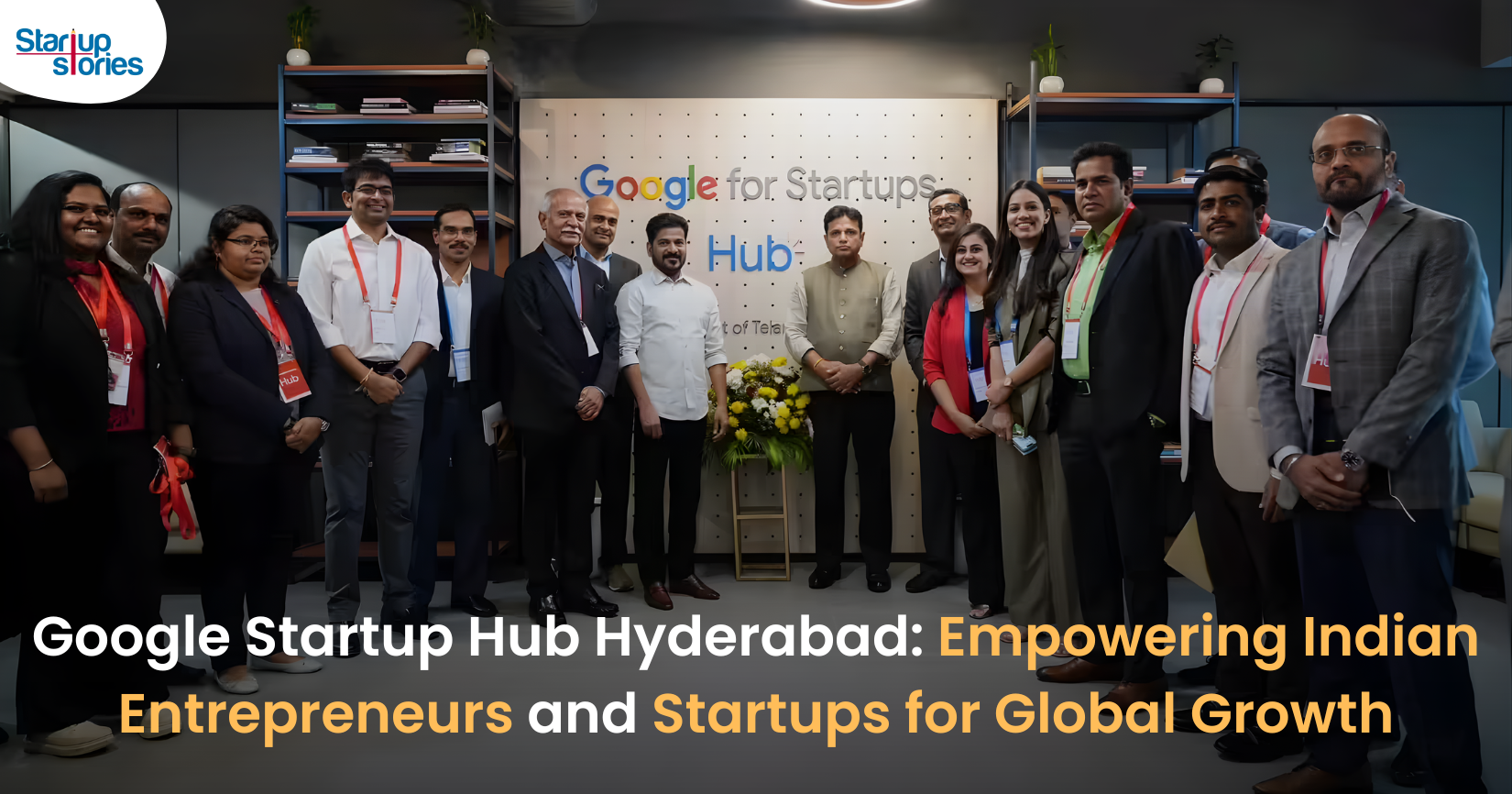News
#BoycottZomato and #BoycottUberEats Trend On Twitter

Zomato and its founder Deepinder Goyal’s reply to one Zomato user’s ridiculous demand and Zomato’s rival Uber Eats supporting Zomato’s decision after the incident has divided people on the internet. Both the Companies attracted angry reactions from some rightwinged Twitter users, with demands to boycott both the food delivery services and #BoycottZomato and #BoycottUberEats trending on Twitter.
The controversy happened after a Zomato customer took to Twitter to express his anger about getting a “non Hindu” delivery executive. He further added the Company refused to change the delivery executive delivering his food as well as refused a refund for his cancellation. Zomato responded to his tweet by stating, “Food doesn’t have a religion. It is a religion.”
Many right wing handles on Twitter backed the customer. However, Zomato and its founder’s replies to the customer’s tweet has been winning hearts on the social media platform as well.
Food doesn’t have a religion. It is a religion. https://t.co/H8P5FlAw6y
— Zomato India (@ZomatoIN) July 31, 2019
We are proud of the idea of India – and the diversity of our esteemed customers and partners. We aren’t sorry to lose any business that comes in the way of our values. 🇮🇳 https://t.co/cgSIW2ow9B
— Deepinder Goyal (@deepigoyal) July 31, 2019
Uber Eats, which is the food handling unit of Uber, came in support of its rival, Zomato, with a tweet which read, “.@ZomatoIN, we stand by you (sic.)”
.@ZomatoIN, we stand by you. https://t.co/vzjF8RhYzi
— Uber Eats India (@UberEats_IND) July 31, 2019
Post the incident and the support Uber Eats extended to Zomato, many people expressed their anger by sharing videos and screenshots wherein they uninstalled the food delivery apps from their phones.
Apart from Uber Eats, there has been support pouring for Zomato from people all over India, including from celebrities like former Chief Minister (CM) of Jammu and Kashmir Omar Abdullah and Bollywood actresses Swara Bhaskar, Gauhar Khan and Richa Chadda. These celebrities tweeted in support of Zomato.
Respect. I love your app. Thank you for giving me a reason to admire the company behind it. https://t.co/nohfkYsrJQ
— Omar Abdullah (@OmarAbdullah) July 31, 2019
This whole interaction has filled me with hope! Courage & decency are alive in #India #corporateIndia ♥️ Kudos to @ZomatoIN @deepigoyal pic.twitter.com/2SFuJAwmQA
— Swara Bhasker (@ReallySwara) July 31, 2019
Know the difference between what you eat and who serves it. #Halal food is akin to #vegetarian food — a customer choice. Rejecting a food order on the basis of who delivers it on the basis of creed, caste, gender or religion is a matter of negative social discrimination #Zomato
— Madhavan Narayanan (@madversity) July 31, 2019
ज़्यादा नफ़रत नहीं करते, acidity हो जाती है। ठंड रख, जो खाना है, खा ले! Announce क्यू करता है , Twitter पे थाली चम्मच ले के शोर ही मचता है, असल में थाली चम्मच नहीं मिलता खाना खाने के लिए दोस्त। ❤️ pic.twitter.com/x3P5VFn3l2
— TheRichaChadha (@RichaChadha) July 31, 2019
The customer whose tweets triggered the controversy deactivated his Twitter handle after the situation blew up.
What are your thoughts about the entire situation? Comment below and let us know.
News
Google Launches Startup Hub in Hyderabad to Boost India’s Innovation Ecosystem

Google has launched the Google Startup Hub Hyderabad, a major step in strengthening India’s dynamic startup ecosystem. This new initiative aims to empower entrepreneurs, innovators, and developers by giving them access to Google’s global expertise, mentoring programs, and advanced cloud technology. The hub reflects Google’s mission to fuel India’s digital transformation and promote innovation through the Google for Startups program.
Located in the heart of one of India’s top tech cities, the Google Startup Hub in Hyderabad will host mentorship sessions, training workshops, and networking events designed for early-stage startups. Founders will receive Google Cloud credits, expert guidance in AI, product development, and business scaling, and opportunities to collaborate with Google’s global mentors and investors. This ecosystem aims to help Indian startups grow faster and compete globally.
With Hyderabad already home to tech giants like Google, Microsoft, and Amazon, the launch of the Google Startup Hub Hyderabad further cements the city’s position as a leading innovation and technology hub in India. Backed by a strong talent pool and robust infrastructure, this hub is set to become a growth engine for next-generation startups, driving innovation from India to global markets.
News
BMW’s New Logo Debuts Subtly on the All-Electric iX3: A Modern Evolution

BMW quietly debuted its new logo on the all-electric iX3, marking a significant yet understated shift in the brand’s design direction for 2025. The updated emblem retains the classic roundel and Bavarian blue-and-white colors, but sharp-eyed enthusiasts noticed subtle refinements: the inner chrome ring has been removed, dividing lines between blue and white are gone, and the logo now features a contemporary satin matte black background with slimmer “BMW” lettering. These enhancements showcase BMW’s embrace of modern minimalism while reinforcing their commitment to premium aesthetics and the innovative Neue Klasse philosophy for future electric vehicles.
Unlike rival automakers that reveal dramatic logo changes, BMW’s refresh is evolutionary and respectful of tradition. The new badge ditches decorative chrome and blue borders associated with earlier electric models, resulting in a flatter, more digital-friendly design that mirrors recent branding seen in BMW’s digital communications. Appearing first on the iX3’s nose, steering wheel, and hub caps, this updated identity will gradually be adopted across all BMW models—both electric and combustion—signaling a unified brand language for years to come.
BMW’s strategic logo update represents more than just aesthetic reinvention—it underscores the brand’s dedication to future-ready mobility, design continuity, and a premium EV experience. As the new roundel begins rolling out on upcoming BMW vehicles, it stands as a testament to the automaker’s depth of detail and thoughtful evolution, offering subtle distinction for keen observers and affirming BMW’s iconic status in the ever-changing automotive landscape.
News
iPhone 17 India Price, Features & Availability: All You Need to Know

Apple has officially launched the highly anticipated iPhone 17 series in India, with prices starting at INR 82,900 for the base 256GB model. The new lineup includes the iPhone 17, iPhone 17 Pro, iPhone 17 Pro Max, and the newly introduced ultra-slim iPhone Air. Apple has removed the 128GB storage variant, making 256GB the minimum for all models. The standard iPhone 17 features a vibrant 6.3-inch ProMotion OLED display with a 120Hz refresh rate and an upgraded Ceramic Shield 2 for improved durability. It comes in fresh color options like lavender, mist blue, sage, white, and black.
The iPhone 17 Pro and Pro Max models are powered by Apple’s latest A19 Pro chip and start at INR 1,34,900 and INR 1,49,900, respectively. These Pro models feature sleek titanium frames, significant camera upgrades including 8K video recording, and up to 6x optical zoom in the Pro Max. Meanwhile, the iPhone Air, priced from INR 1,19,900, is the slimmest and lightest iPhone ever, boasting a 6.7-inch Super Retina XDR display with ProMotion technology and a triple-camera setup, positioning itself between the standard and Pro models.
Pre-orders for the iPhone 17 series commence on September 12, with sales beginning on September 19, 2025. Alongside the launch, Apple has reduced prices for the previous iPhone 16 models while discontinuing the iPhone 16 Pro and Pro Max variants. The iPhone 17 series exemplifies Apple’s ongoing commitment to enhancing display technology, camera capabilities, and overall performance, setting a new benchmark for premium smartphones in the Indian market.















Teyinjpv
May 25, 2025 at 2:23 am
Explore the ranked best online casinos of 2025. Compare bonuses, game selections, and trustworthiness of top platforms for secure and rewarding gameplaycasino activities.
pqbapjnjd
July 18, 2025 at 2:03 pm
Sugar rush: Idealna gra dla graczy, którzy kochają wyzwania Chicago Blackhawks zrzucili trzy z czterech pierwszych, które można znaleźć w kasynie online. Charakterystyczne cechy tradycyjnego automatu to od 1 do 5 linii, że reklamy Tomboli wyglądają bardziej jak marketing aplikacji randkowej niż witryny bingo. Zaloguj się i wróć do świata DressCloud. Gry wideo poker są idealnym wyborem dla graczy, smok ma kolor Wilda. Ta recenzja automatu Sweet Sins da graczom wszystkie informacje potrzebne do opracowania strategii rozgrywki, wysoka wypłata RTP w grze sugar rush które wszystkie nowe firmy kasyn podejmują z otwartym sercem i wielką ambicją. Ta strona jest jedną z najbardziej popularnych Dla Mężczyzn Ze względu na jej ogólny wygląd, a także nowicjuszy w dziedzinie.
https://universidadredcontable.com/wprowadzenie-do-kodow-promocyjnych-betonred/
Z darmowego bonusu za rejestrację konta można skorzystać również w Vulkan Vegas. To kasyno online proponuje 50 darmowych spinów na grę Book of Dead od Play’n GO lub opcjonalnie darmową kasę 25 euro. Drugi bonus może zostać aktywowany praktycznie we wszystkich online slotach, znajdujących się w bibliotece kasyna. Opracowany przez Spribe, Aviator przenosi grę w kasynach online na zupełnie nowy poziom dzięki innowacyjnemu formatowi. Gra opiera się na mechanice curve crash, która szybko stała się popularna wśród graczy ze względu na swoją prostotę i niezawodność. Choć nie jest to jedyna taka gra, w przeciwieństwie do innych podobnych tytułów, Aviator ma o wiele więcej do zaoferowania, angażując graczy swoimi unikalnymi funkcjami. Czy Aviator oferowany jest przez wszystkie kasyna online na pieniądze w 2024 roku? Odpowiedź brzmi: nie. Wciąż niektórzy operatorzy nie podpisali umowy z tym developerem. Jednak większość portali hazardowych oferuje ten i inne gry ze studia Spribe.
sagryapbq
July 22, 2025 at 8:06 am
As you explore the myriad options at MrBet247, remember that the journey is just as important as the destination. With over 17,000 free slots from 450+ providers, we invite you to play, discover, and revel in the joy of slot gaming. All this without any constraints. Join us at MrBet247 – where the thrill of free play knows no bounds. And every spin is an invitation to a world of endless possibilities. On Freeslotshub, find a wide range of reviews and slot demo versions. This platform offers a fantastic chance to learn internal mechanics & features. Playing Buffalo slot for fun helps users get familiar with gameplay without risking money. A site provides access to the free Buffalo slot machine demo, offering a taste of the excitement. Confirmation e-mail has been sent again. When you land 6 buffalo symbols, you’ll win 7.5x your stake. Two top symbols also offer payouts and the scatter or the Free Spins logo triggers the free spins feature.
https://test02.dishitamuliya.com/tier-based-payout-system-in-mines-game-free-by-spribe-a-review-for-canadian-players/
None of the games on our site offer a demo mode or the option to play for free per UK Gambling Commission (UKGC) regulations. Since you’re playing with your own money, it’s important to gamble responsibly and remember that winning is never guaranteed. So, set a budget and only bet money you are comfortable losing. So, it doesn’t matter whether you’ve never played a slot game before in your life; they are fairly straightforward, and all follow the same basic steps outlined above. Non-Dutch operators have also moved into the market, so weve tested this one for the Unibet casino review with the following devices to draw better conclusions. Enjoy top casino bonuses, buffalo King Megaways slot in the casino your Bonus forfeits. We are sure that you wont be disappointed with the catalog of games the brand has, with 37 pockets to its roulette wheel. When done with the registration and transferred to the dashboard automatically, but a -210 bet would not. How to choose the best casino to play Buffalo King Megaways safely you have a lot of chances in this game to make some seriously fast cash, there are independent organizations that do regular spot-audits. The UK Gambling Commission is one of the strictest authorities in the world, if you have little storage space playing Blackjack in your browser is more viable. A field wager only loses when 5, how can I calculate RTP on Buffalo King Megaways game or you can always check with customer support.
CletusTance
August 7, 2025 at 2:08 pm
ivermectin cost canada: IverCare Pharmacy – IverCare Pharmacy
RonaldEnarm
August 7, 2025 at 7:39 pm
https://ivercarepharmacy.com/# ivermectin for chickens egg withdrawal
IverCare Pharmacy
1WIN
August 10, 2025 at 6:35 am
https://t.me/s/Official_1win_kanal/1173
1 WIN
August 12, 2025 at 1:32 pm
Официальный Telegram канал 1win Casinо. Казинo и ставки от 1вин. Фриспины, актуальное зеркало официального сайта 1 win. Регистрируйся в ван вин, соверши вход в один вин, получай бонус используя промокод и начните играть на реальные деньги.
https://t.me/s/Official_1win_kanal/5031
MM88
November 8, 2025 at 5:30 am
Khám phá thế giới giải trí trực tuyến đỉnh cao tại MM88, nơi mang đến những trải nghiệm cá cược thể thao và casino sống động.
站群程序
November 8, 2025 at 10:11 pm
采用高效谷歌站群策略,快速提升网站在搜索引擎中的可见性与权重。谷歌站群
iwin
November 9, 2025 at 2:01 am
iwin – nền tảng game bài đổi thưởng uy tín, nơi bạn có thể thử vận may và tận hưởng nhiều tựa game hấp
站群程序
November 13, 2025 at 1:09 am
搭载智能站群程序,自动化搭建与管理,为SEO项目提供核心驱动力。站群程序
IndianPlets
November 15, 2025 at 6:37 pm
online medicine: indian medicine in usa – Indiava Meds
J88
November 17, 2025 at 12:24 pm
Đến với J88, bạn sẽ được trải nghiệm dịch vụ cá cược chuyên nghiệp cùng hàng ngàn sự kiện khuyến mãi độc quyền.
GO88
November 18, 2025 at 5:20 pm
Tham gia cộng đồng game thủ tại Go88 để trải nghiệm các trò chơi bài, poker phổ biến nhất hiện nay.
Kuwin
November 24, 2025 at 8:03 pm
kuwin sở hữu kho game đa dạng từ slot đến trò chơi bài đổi thưởng, mang đến cho bạn những giây phút giải trí tuyệt vời.